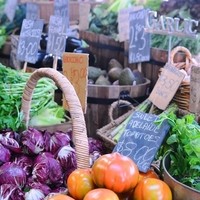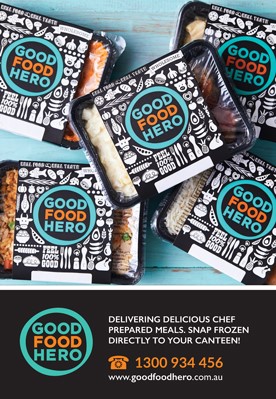Three things that make buying organic hard… and what to do about them

Following these tips on buying, sourcing and storing organic foods will lead to smart picks within your budget.
Organic foods are not new, nor are they strictly necessary in a healthy diet (although people tend to think they are).
Organic food and drink is found in almost every large mainstream supermarket in Australia and comes in the form of fruits, vegetables, grains, dairy and other packaged products.
And while most of us know that strict regulations exist in Australia regarding pesticides and synthetic fertilisers – and that organic choices are available – there is still a perception that organic food can be expensive, hard to source and even harder to keep fresh.
But there is a sneaky way to get around these perceived downsides, all without jeopardising your organic drive.
1. Organic costs more
This is generally true. You’re paying for a few additional steps in the paddock to plate process, such as the cost to farmers in being certified organic. But there is a way around it.
Familiarising yourself with foods that contain the highest level of residual chemicals are your go-to organic purchases, such as apples, spinach, potatoes and strawberries. But you can quite safely delve into onions, mushrooms, corn, watermelon and avocado from the regular shelves at the supermarket. They contain the least amount of chemicals in their non-organic form.
Another tip is to try to buy in bulk, particularly packaged foods with a longer shelf life such as cereal, pasta and tinned food (just watch the per-serve levels of added sugar, salt and saturated fat). Meat is another great bulk-buy.
2. Organic is hard to source
Not true! Turn to your local supermarket and odds are there will be organic sections; fresh, frozen and packaged.
You can also head to your local farmers’ market and indulge in organic foods with a tiny carbon footprint. However, you’ll want to keep an eye out for ‘naturally-grown’ or ‘eco’ foods. They are not certified organic but may have been grown in exactly the same way. If in doubt, ask the vendor.
As a last resort (and perhaps this should be the first stop), grow your own. It’s a great way to get the kids involved in food and has been known to turn a fussy eater into a gobbling angel.
3. Organic is hard to keep fresh
Remember that orange at the bottom of the fridge drawer that lasted for a month? Well, it shouldn’t. The key here with organic is to buy it frequently and eat it quickly.
But it you need to increase the longevity of your favourite organic foods, know that pineapples, oranges, ginger, lemons, eggplant and garlic will happily sit on the bench for a few days.
Try to store all your leafy greens separately in the fridge, and don’t forget that mushrooms, cabbage, cherries, green beans, leeks and zucchini like their own paper bags.
Don’t forget, just because something is organic, it doesn’t necessarily mean it’s good for you. Organic chocolate is just as high in energy, sugar and saturated fat as regular chocolate and should therefore still be considered an occasional food.
If you want to make sure your organic food choices are healthy, spend some time looking at our online guide to making better food and drink choices for children. It also includes information on meal portions, healthy eating tips and a few snack ideas to get you started.







